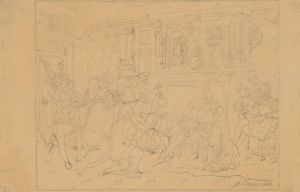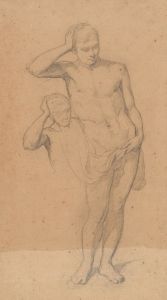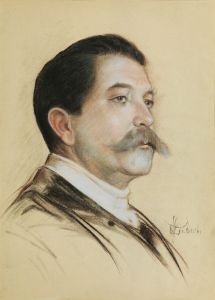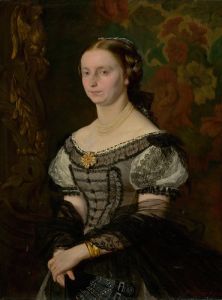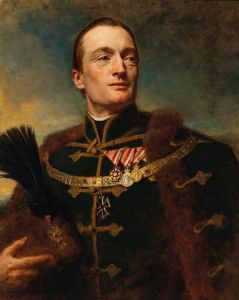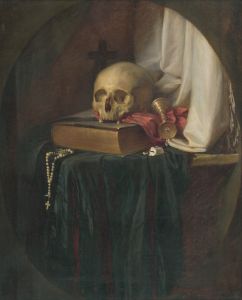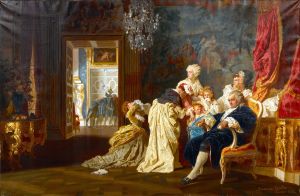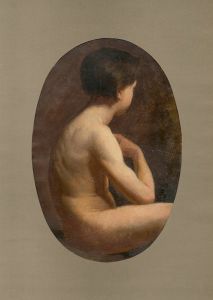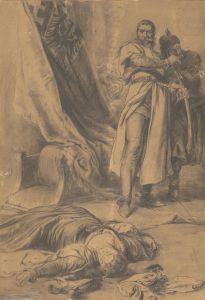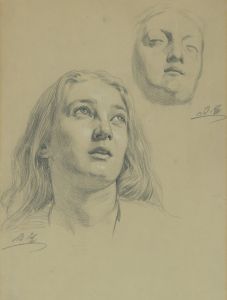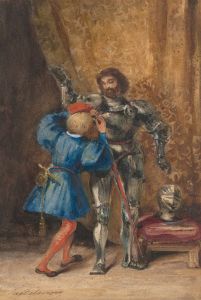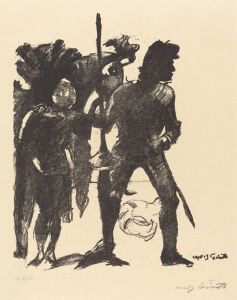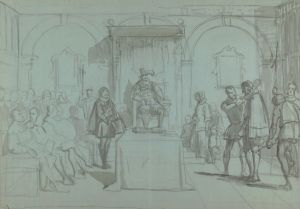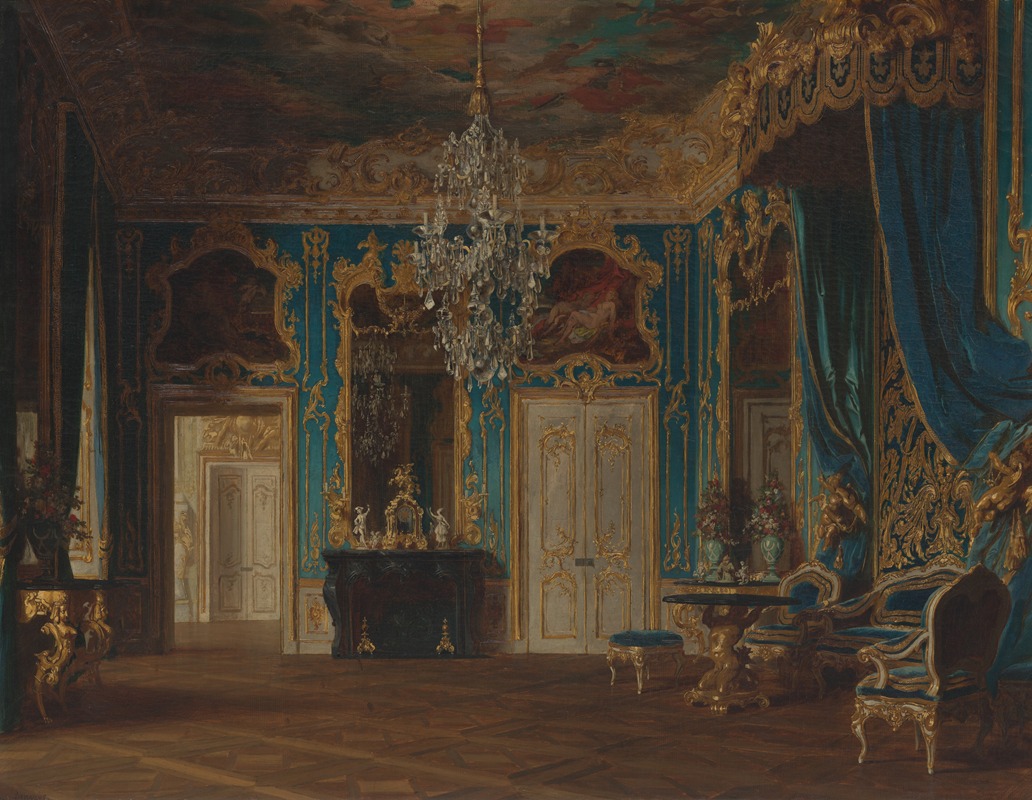
Project for a Room for King Ludwig II of Bavaria
A hand-painted replica of Gyula Benczúr’s masterpiece Project for a Room for King Ludwig II of Bavaria, meticulously crafted by professional artists to capture the true essence of the original. Each piece is created with museum-quality canvas and rare mineral pigments, carefully painted by experienced artists with delicate brushstrokes and rich, layered colors to perfectly recreate the texture of the original artwork. Unlike machine-printed reproductions, this hand-painted version brings the painting to life, infused with the artist’s emotions and skill in every stroke. Whether for personal collection or home decoration, it instantly elevates the artistic atmosphere of any space.
"Project for a Room for King Ludwig II of Bavaria" is a painting by the Hungarian artist Gyula Benczúr. Gyula Benczúr, born on January 28, 1844, in Nyíregyháza, Hungary, and died on July 16, 1920, in Szécsény, Hungary, was a prominent painter known for his historical and genre scenes, as well as his portraits. He studied at the Munich Academy of Fine Arts and became one of the leading figures in Hungarian art during the late 19th and early 20th centuries.
The painting "Project for a Room for King Ludwig II of Bavaria" was created in the context of Benczúr's association with the Bavarian court. King Ludwig II of Bavaria, born on August 25, 1845, and died on June 13, 1886, was known for his patronage of the arts and his fascination with grand architectural projects and opulent interiors. Ludwig II is often remembered for his ambitious building projects, including the famous Neuschwanstein Castle, which has become an iconic symbol of romantic architecture.
Gyula Benczúr's painting reflects the opulent and elaborate tastes of King Ludwig II. The work is a detailed and imaginative depiction of a proposed interior design for one of the king's rooms. The painting showcases Benczúr's skill in rendering intricate details and luxurious elements, which were characteristic of the aesthetic preferences of the Bavarian monarch. The room depicted in the painting is adorned with rich decorations, including ornate furniture, lavish draperies, and elaborate architectural features.
Benczúr's attention to detail and his ability to capture the grandeur of the proposed room highlight his talent as an artist and his understanding of the artistic trends of his time. The painting serves as a testament to the close relationship between art and architecture during the 19th century, particularly in the context of royal patronage.
While specific details about the exact date of the painting and the precise location it was intended for are not readily available, it is clear that Benczúr's work was part of the broader cultural and artistic milieu of the Bavarian court. The painting exemplifies the luxurious and imaginative spirit that characterized King Ludwig II's reign and his enduring legacy as a patron of the arts.
In summary, "Project for a Room for King Ludwig II of Bavaria" by Gyula Benczúr is a notable example of 19th-century art that reflects the opulent tastes of King Ludwig II and the artistic skill of Benczúr. The painting captures the grandeur and intricate details of a proposed interior design, showcasing the close relationship between art and royal patronage during this period.





